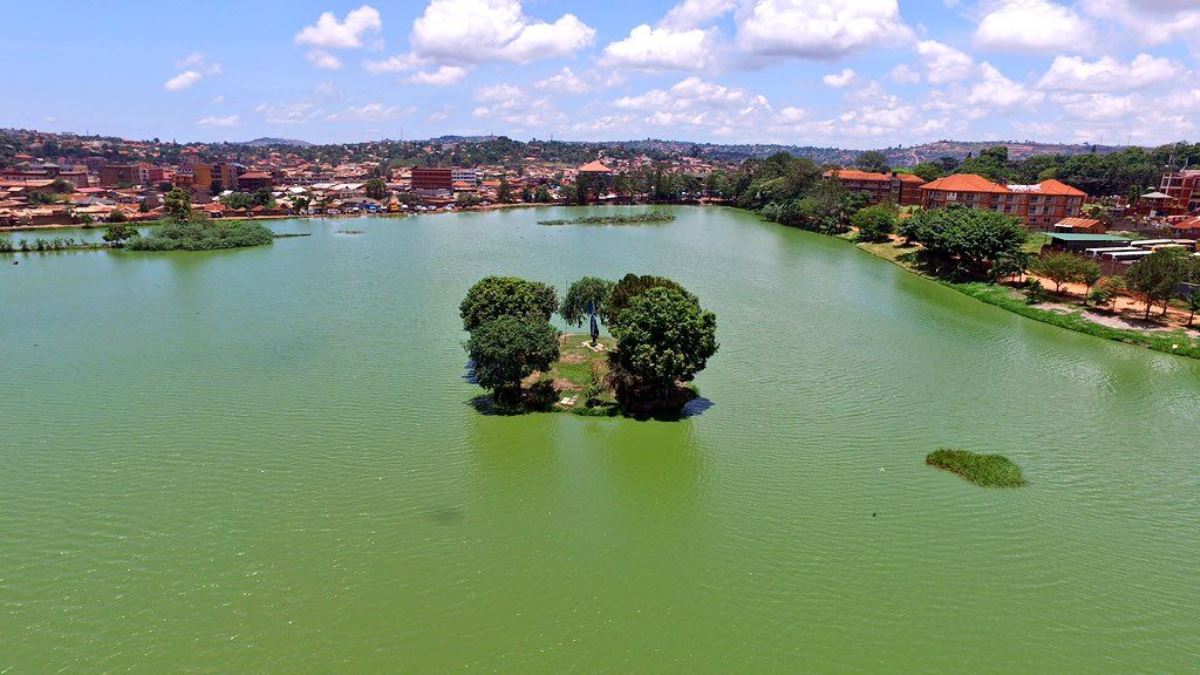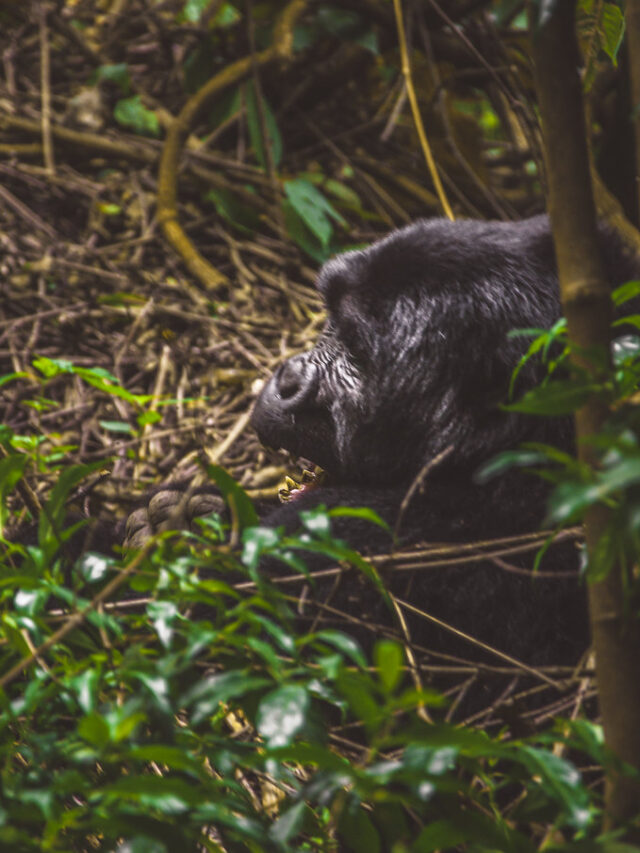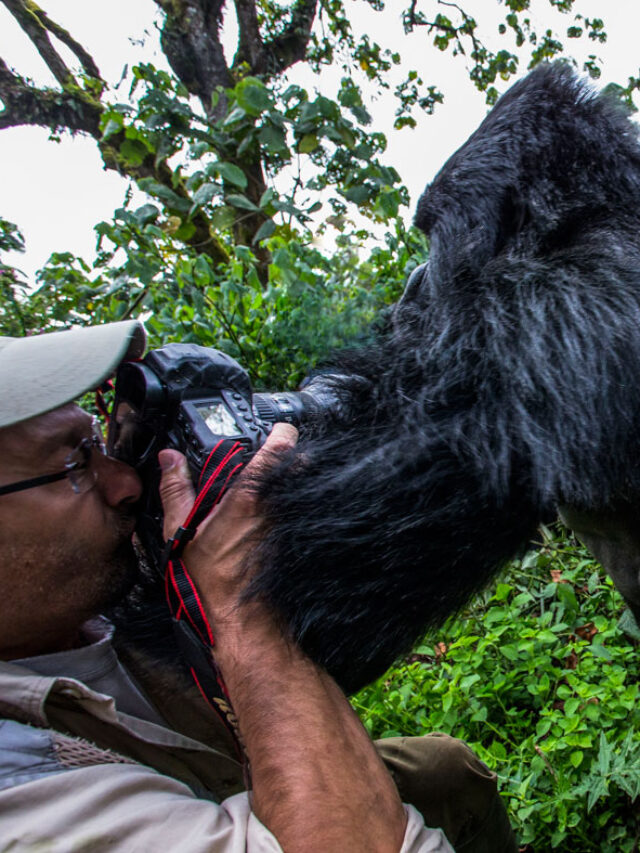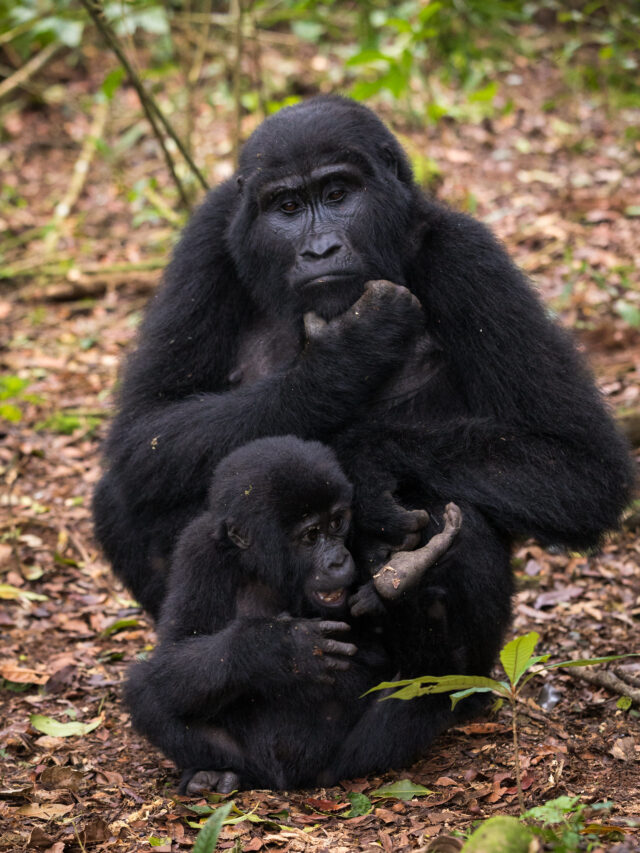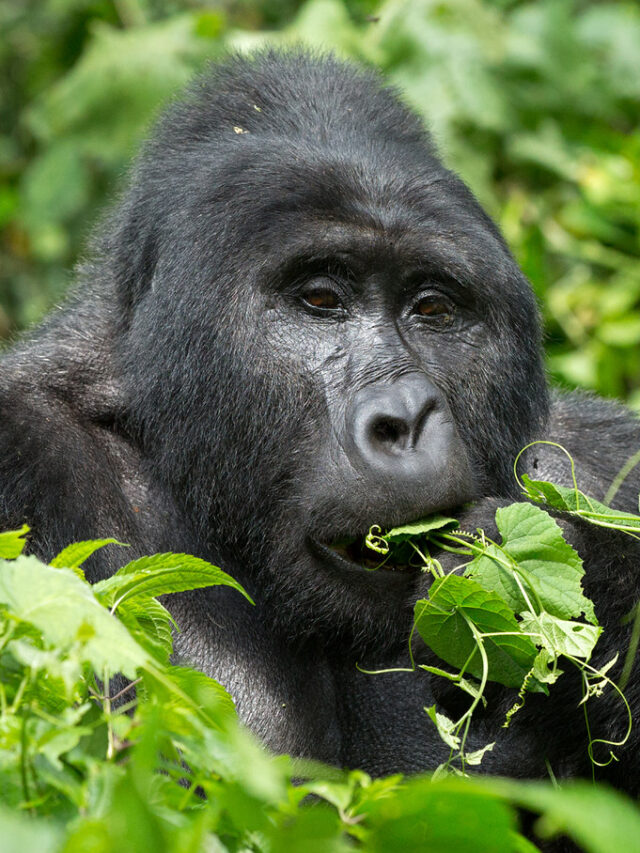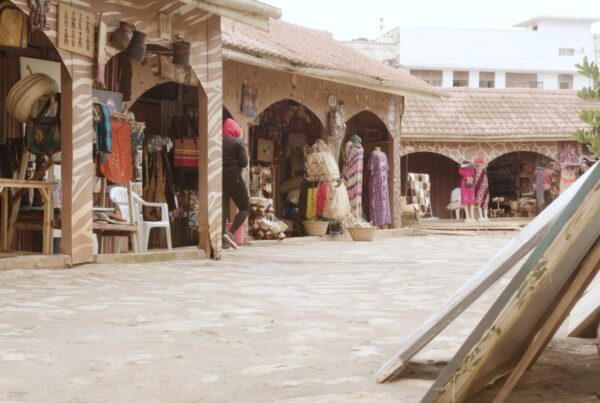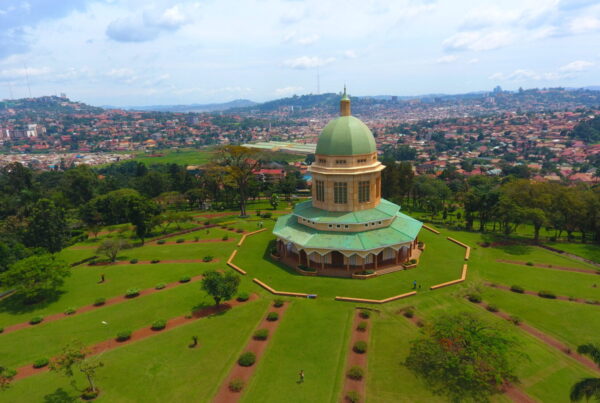The Kabaka’s Lake – Uganda’s Largest Man-Made Lake and a Royal Gem in Kampala
Nestled quietly in the heart of Kampala, The Kabaka’s Lake is one of Uganda’s most fascinating royal landmarks, blending beauty, history, and deep cultural heritage. Known as the largest man-made lake in Uganda, it stretches gracefully across 2 square kilometers, holding a tranquil charm that makes it a refreshing escape from the city’s bustle. Its glassy waters, often reflecting the blue sky and surrounding greenery, conceal a story of royal ambition, tradition, and symbolism that dates back to the reign of Kabaka Mwanga II in the late 19th century. For visitors, the lake offers more than just picturesque views—it offers a doorway into Buganda Kingdom history.
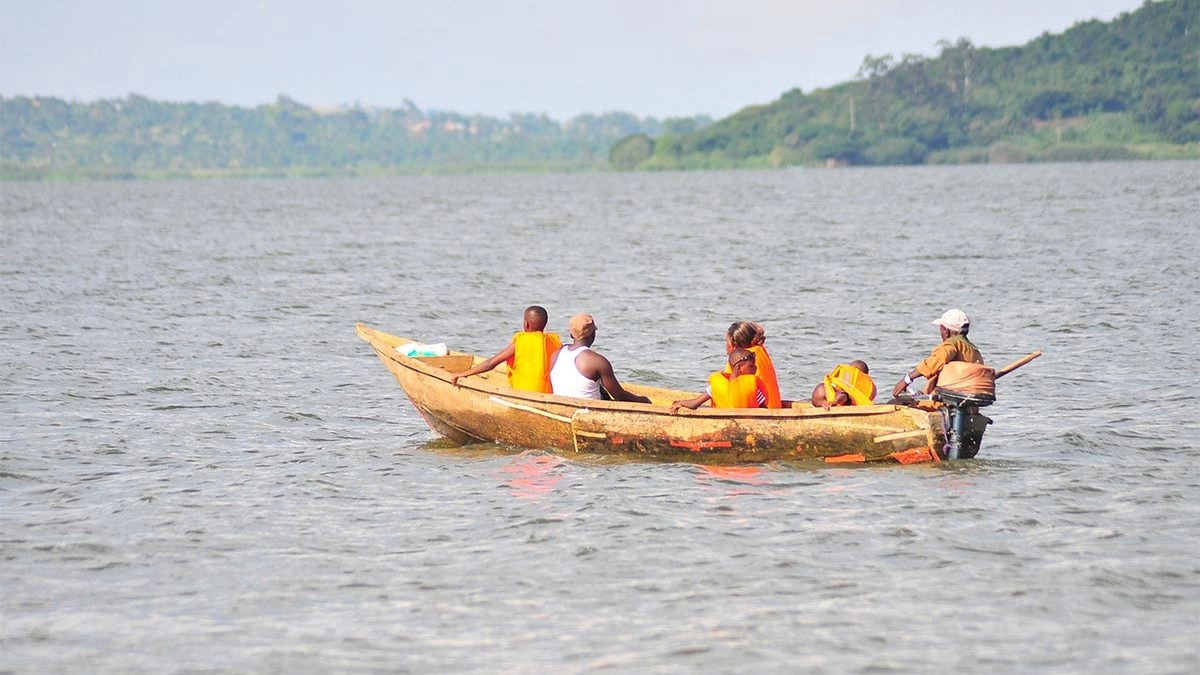
History and Cultural Significance of The Kabaka’s Lake
The Kabaka’s Lake was commissioned by Kabaka Mwanga II between 1885 and 1888, during a period of both political tension and cultural pride. His vision was to create a direct waterway from his palace at Lubiri to Lake Victoria, allowing him a private and secure passage for leisure, fishing, and strategic movement. Although the original canal design was never completed due to colonial interference and changing political circumstances, the section that remains today became a vast circular lake—a royal project that symbolized unity and the Kabaka’s leadership.
For the people of Buganda, the lake is not just an architectural achievement; it is a spiritual and cultural site. It is often linked to traditional ceremonies and kingdom events, and its continued preservation is seen as a duty to protect Buganda’s heritage. Local lore adds another layer of intrigue, with stories of royal gatherings, fishing expeditions, and ancient rituals held along its banks.
Visiting The Kabaka’s Lake – What to Expect
When you arrive, you’ll immediately notice the serenity that envelops the lake. Its still waters are surrounded by grassy banks where birds, especially herons and kingfishers, are a common sight. The air feels fresher here, carrying a quietness that is rare within Kampala. A walk around the lake allows you to admire its sheer size and symmetrical shape, while also taking in views of Lubaga Hill and the city skyline in the distance.
Photography lovers will find plenty of angles to capture the lake’s reflections, especially at sunrise and sunset when the light casts a golden shimmer across the surface. On weekends, it’s not uncommon to see locals enjoying the space for picnics or jogging along the edges, making it a lovely spot for both cultural exploration and relaxation.
Best Time to Visit
The Kabaka’s Lake can be visited year-round, but mornings and late afternoons tend to offer cooler weather and softer lighting for photography. The rainy seasons (March to May and September to November) can make the surrounding paths muddy, so dry-season months are more comfortable for walking around.
How to Book a Tour and Estimated Cost
Visiting The Kabaka’s Lake can be done independently if you’re already in Kampala, as it is located near Mengo and is easily accessible by taxi, boda boda (motorbike), or even on foot from central areas. However, for travelers interested in the full historical and cultural context, booking through a local tour operator is highly recommended. Many Kampala city tours include The Kabaka’s Lake as part of a cultural circuit alongside the Lubiri Palace, Buganda Parliament, and royal tombs.
A guided tour to The Kabaka’s Lake typically costs between $30 and $50 per person for a half-day experience, depending on whether it is a private or group tour. This often includes transport, guide fees, and visits to additional nearby cultural attractions. If you’re booking a full-day Kampala cultural tour, prices range between $70 and $100 per person.
Travel Tip for First-Time Visitors
For the best experience, pair your visit to The Kabaka’s Lake with a stop at the nearby Lubiri Palace, which holds rich Buganda Kingdom history, and Lubaga Cathedral for its architectural beauty. Wear comfortable walking shoes, carry water, and bring a hat or umbrella for shade. If you’re a culture enthusiast, a knowledgeable local guide will transform what could be a quick stop into a deeply immersive journey into the traditions and leadership of the Buganda Kingdom.

